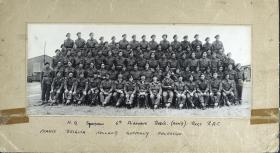
6th Airborne Armoured Recce Regiment RAC
6th Airborne Armoured Recce Regiment RAC
1942 to 1946
The 6th Airborne Armoured Reconnaissance Regiment RAC was originally conceived as a Light Tank Squadron designed to support airborne operations attacking forward objectives by patrolling in front of the main position. In theory, it had been viewed as a squadron which would withdraw after initial heavy engagements. In practice however, the 6th Airborne Armoured Recce Regt played a significant role protecting airborne infantry and led the attack on German units in the airborne advances into German-held territory of North West Europe.
In 1941, three Tank Special Service Squadrons were formed from various cavalry and tank units. The third of these, C Special Service Squadron (Light) RAC, became the Airborne Light Tank Squadron RAC in July 1942 and soon moved to become part of 1st Airborne Division on Salisbury Plain. Command of the squadron passed to Major (later
When the 1st Airborne Division, accompanied by the 1st Airborne Reconnaissance Squadron, went to North Africa, the Airborne Light Tank Squadron remained and was transferred to the newly formed 6th Airborne Division. The unit was expanded and redesignated as the 6th Airborne Armoured Reconnaisance Regiment in January 1944.
The expanded unit now consisted of a regimental headquarters, a light tank squadron, a reconnaisance squadron, a support squadron, a headquarters squadron and a REME light aid detachment with signals and medical elements. The regiment also had a 'Harbour Party' which comprised one officer and fifteen men who were trained parachutists. Their role was to jump with the leading pathfinder units, reconnoitre and secure the area to which the regiment would later deploy by glider.
When the invasion of North West Europe finally arrived, the Armoured Recce Regiment was intended to be at the forefront of the early landings. On D-Day 6 June 1944, the 'Harbour Party' flew in with the advance 22nd Independent Pathfinders Parachute Coy to secure the regimental landing ground. Unfortunately this Harbour Party lost their officer and and the four other ranks in his stick, when their plane flew off course and was brought down by flak. During the main second lift, 20 light tanks, carriers and vehicles were flown after takeoff from RAF Tarrant Rushton onboard 30 Hamilcars, while others were flown by Horsa from RAF Brize Norton. Several tanks were lost after crash landings and others were disabled when parachute canopies and rigging were caught and wrapped round their tracks (which had to be burnt off).
After ten days the unit was withdrawn from the frontline. The tank units went straight back in their Tetrarchs however, to support the remaining hard-pressed ground troops. After a short time the tank crews were withdrawn once more. After ten days retraining they returned to action, this time in Cromwell tanks in continued supporting the breakout. The unit was finally taken out of the line at the end of August to return to the UK. By 6 September 1944, they had regrouped at Larkhill.
On its return to the UK the regiment switched its older Tetrarch tanks for the M22 Locust tanks for airborne deployments.
In December 1944, the division was sent to
On 24 March 1945, as part of Operation Varsity, 8 Locust tanks were flown in Hamilcars along with the troop of 4.2" mortars in Horsas. Although fewer flew in on Varsity than on D-Day, and the operation was deemed a great success (the battle had effectively been won by nightfall), casualties were very high. Of the eight tanks, only two survived in fully serviceable condition. Several tanks and vehicles had been destroyed on landing and personnel casualties were high.
The rest of the regiment had left on 17 March and joined up with the airborne sections on the 26 March 1945. As the division began the Advance to the Baltic, the 6th Airborne Armoured Reconnaissance Regiment proceeded well to the fore. On several occasions this resulted in severe casualties, especially during the Battle at
On 1 February 1946 the 6th Airborne Armoured Recce Regt RAC was disbanded. Most of the personnel were transferred to the 3rd King's Own Hussars, which became an (Airborne) Recce Regiment.
Officers Commanding Airborne Light Tank Squadron RAC
| 1942 | Major DVH Asquith |
| 1942-43 | Major KWC Pulteney |
| 1943-44 | Major G Stewart |
Commanding Officer 6th Airborne Armoured Reconnaissance Regt RAC
| 1944-46 | Lt Col G Stewart |
Newsletter Signup
Donate
Make a donation to Airborne Assault ParaData to help preserve the history of The Parachute Regiment and Airborne Forces
The Airborne Shop
The Airborne Shop is the official shop of Support Our Paras (The Parachute Regiment Charity RCN1131977).
Profits from all sales made through our shop go directly to Support Our Paras, so every purchase you make with us will directly benefit The Parachute Regiment and Airborne Forces.

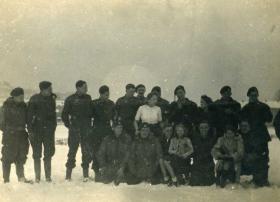
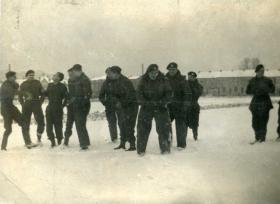
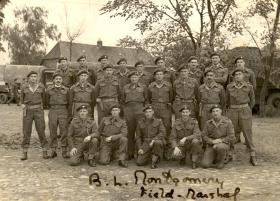
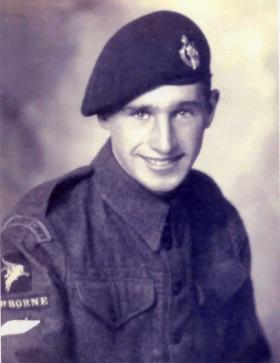
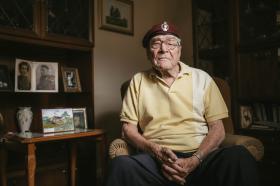
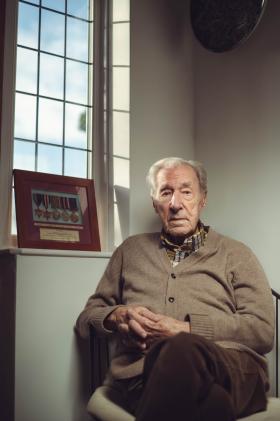
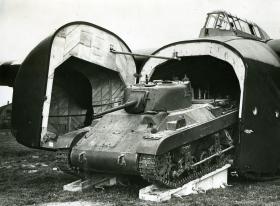
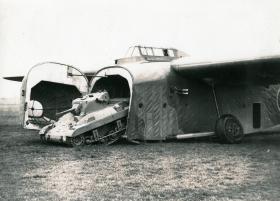
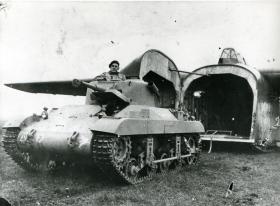
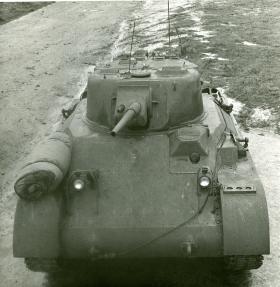
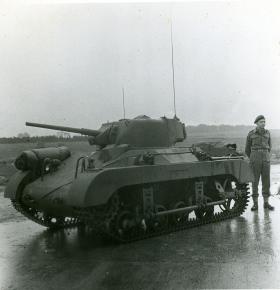
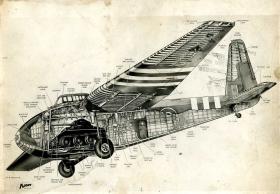
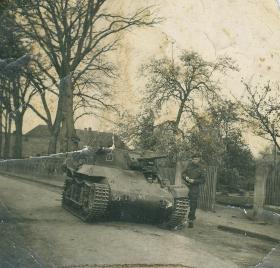
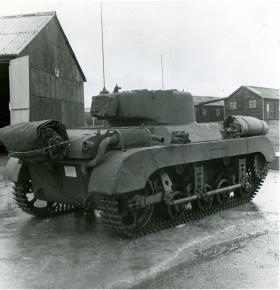
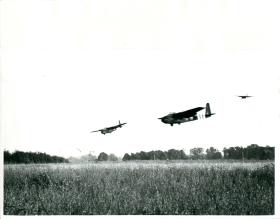
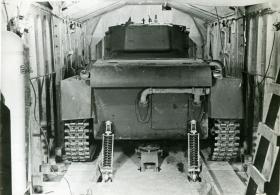
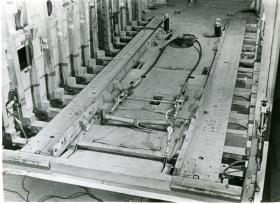
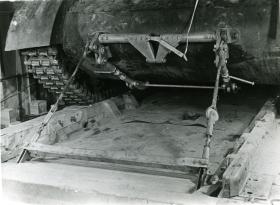
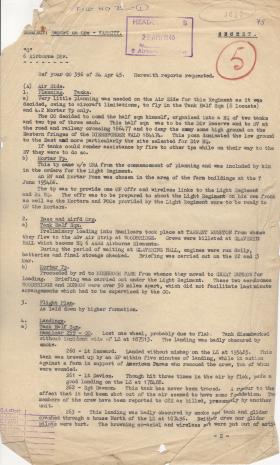
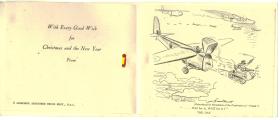
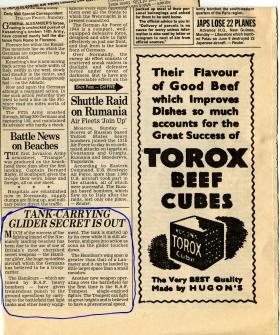
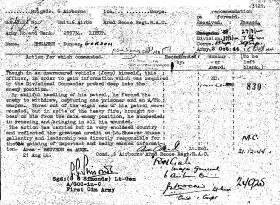
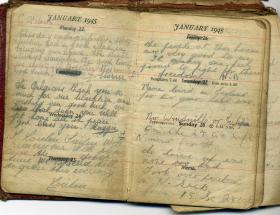
Latest Comments
There are currently no comments for this content.
Add Comment
In order to add comments you must be registered with ParaData.
If you are currently a ParaData member please login.
If you are not currently a ParaData member but wish to get involved please register.